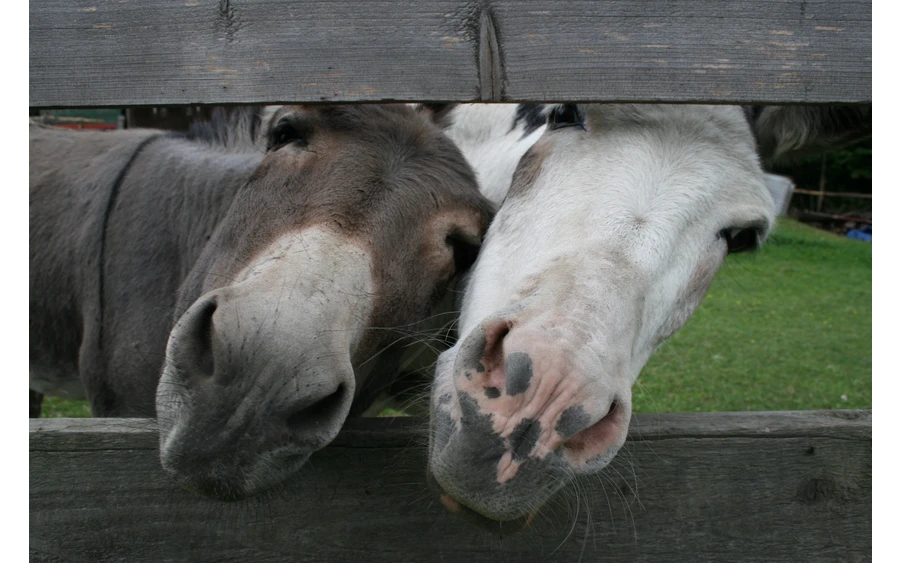City of Rüthen and the donkeys

It refers to the local historical peculiarity that until the beginning of the 19th century an unusually large number of donkeys were always kept in Rüthen. Due to the special topography of the mountain town, these beasts of burden proved to be particularly suitable and useful here:
On the one hand, to fetch the citizens the firewood they were entitled to free of charge from the then still impassable Rüthen forests, and on the other hand, to transport the sacks of bread grain or baking flour from the households of the agrarian citizens to or from the water mills of the nearby Möhnetal down the steep path from Rüthen or back up to the mountain town. Consequently, since the Middle Ages the donkey was an indispensable and therefore extraordinarily frequent domestic animal in Rüthen for many generations.

However, this soon gave rise in the vernacular of the neighboring villages to the mocking-satirical equation of the citizens of Rüthen and their allegedly "typical" characteristics with the characteristics of the farm animals, which had been so conspicuously numerous in the town for a long time and which only disappeared from the everyday life and appearance of Rüthen with the mechanization of the 19th century. But not from the longer-lasting vernacular:
For the traditional Rüthen nickname still enjoys unbreakable popularity in the regional vernacular, and the former Rüthen beast of burden, which has become very rare in the present, has for some years now been finding concrete useful use again for the citizen(s) - as it once did long ago - as part of a resourceful, creative modern city marketing. Now, however, as a very effective local symbolic figure with a sustainable unique selling proposition.